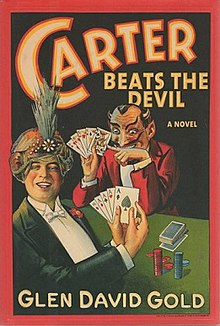
Philo Taylor Farnsworth was an American inventor and television pioneer. He made the critical contributions to electronic television that made possible all the video in the world today. He is best known for his 1927 invention of the first fully functional all-electronic image pickup device, the image dissector, as well as the first fully functional and complete all-electronic television system. Farnsworth developed a television system complete with receiver and camera—which he produced commercially through the Farnsworth Television and Radio Corporation from 1938 to 1951, in Fort Wayne, Indiana.

Erik Weisz, known as Harry Houdini, was a Hungarian-American escapologist, illusionist, and stunt performer noted for his escape acts.

David Seth Kotkin, known professionally as David Copperfield, is an American stage magician, described by Forbes as the most commercially successful magician in history.

Harry Kellar was an American magician who presented large stage shows during the late 19th and early 20th centuries.

Burling Hull was an inventive magician, self-styled "the Edison of magic," specializing in mentalism and sleight of hand effects. During the greater part of his life he lived in DeLand, Florida. His aliases and stage names included: "Volta the Great", "The Man with the Radar Mind", "The White Wizard," and "Gideon ('Gid') Dayn."
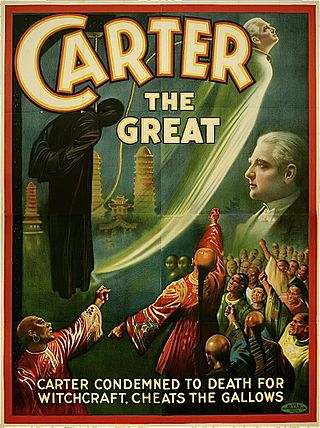
Charles Joseph Carter was an American stage magician, also known as Carter the Great.
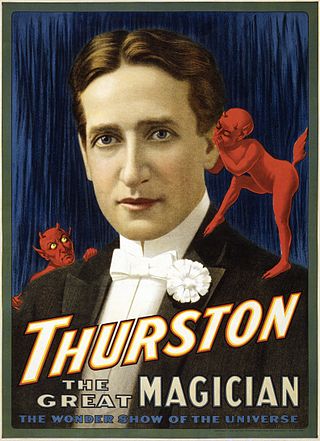
Howard Thurston was a stage magician from Columbus, Ohio, United States. As a child, he ran away to join the circus, where his future partner Harry Kellar also performed. Thurston was deeply impressed after he attended magician Alexander Herrmann's magic show and was determined to equal his work. Alexander Herrmann was a French magician and was known as "Herrmann the Great". Thurston eventually became the most famous magician of his time. Thurston's traveling magic show was the biggest one of all; it was so large that it needed eight train cars to transport his road show.
This timeline of magic is a history of the performing art of illusion from B.C. to the present.

The Society of American Magicians (S.A.M.) is the oldest fraternal magic organization in the world. Its purpose is "to advance, elevate, and preserve magic as a performing art, to promote harmonious fellowship throughout the world of magic, and to maintain and improve ethical standards in the field of magic." To promote these endeavors the S.A.M. presents awards and fellowships in recognition of outstanding achievement in the Art of Magic.

Glen David Gold is an American novelist, memoirist and screenwriter. Known for his bestselling novels exploring the roles of entertainment and popular culture in historical America, he has also published a critically acclaimed memoir and worked extensively in a broad range of media, including comics, television and podcasting. Gold is also a collector and authority on comics and graphic novels, particularly the works of Jack Kirby and other architects of the Marvel Universe.
Martinka & Company is America's longest running magic company. The business was for a period owned by Houdini and throughout the years the company has acquired and combined with over 30 other magic firms including Flosso-Hornmann, and Milton Chase.
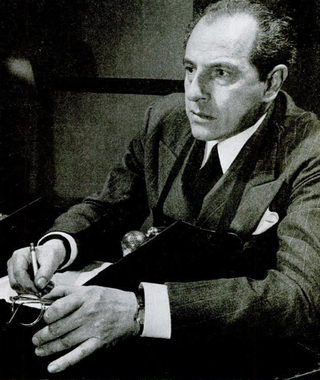
Joseph Dunninger, known as "The Amazing Dunninger", was one of the most famous and proficient mentalists of all time. He was one of the pioneer performers of magic on radio and television. A debunker of fraudulent mediums, Dunninger claimed to replicate through trickery all spiritualist phenomena.
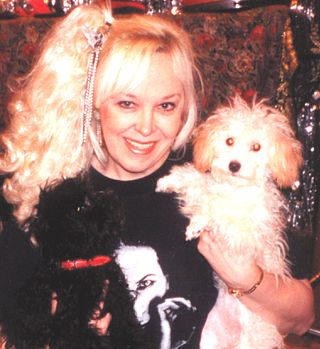
Dorothy Dietrich is an American stage magician and escapologist, best known for performing the bullet catch in her mouth and the first woman to perform a straitjacket escape while suspended hundreds of feet in the air from a burning rope. She was the first woman to gain prominence as an escape artist since the days of Houdini, breaking the glass ceiling for women in the field of escapes and magic.
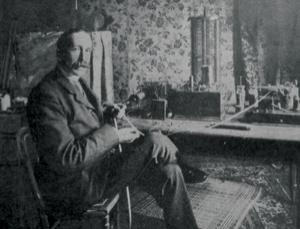
John Nevil Maskelyne, known professionally as Nevil Maskelyne (1863–1924), was a British magician and inventor.
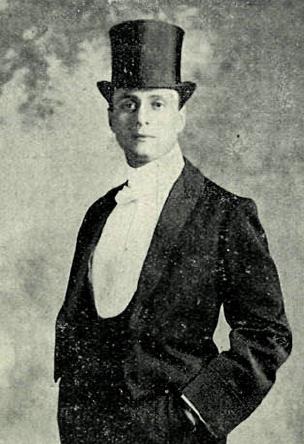
Will Goldston (1878–1948) was an English stage magician in the first half of the 20th century.

Magic, which encompasses the subgenres of illusion, stage magic, and close-up magic, among others, is a performing art in which audiences are entertained by tricks, effects, or illusions of seemingly impossible feats, using natural means. It is to be distinguished from paranormal magic which are effects claimed to be created through supernatural means. It is one of the oldest performing arts in the world.
George Schindler is an American stage magician, magic consultant, comedian, actor, ventriloquist and writer based in New York. In addition to creating noteworthy illusions and publishing many books on magic, Schindler has performed at venues around the world and is currently "lifetime dean" of the Society of American Magicians, having previous tenure in the "S.A.M. Hall of Fame" as well as president and spokesperson. From the 1950s to the 1960s, he had also been a frequent contributor to Billboard Magazine's comedy, magic and vaudeville columns.

Former US president Warren G. Harding has inspired artistic and cultural works since his presidency. The following lists cover various media including items of historic interest, enduring works of high art, and recent representations in popular culture. The entries represent portrayals that a reader has a reasonable chance of encountering rather than a complete catalog. Lesser known works are not included.

Gerald Vincent Heaney was a stage magician and magic supplier from Berlin, Wisconsin, United States. "Heaney the Great" and his magic show toured North America for a number of years during the mid 1900s.
